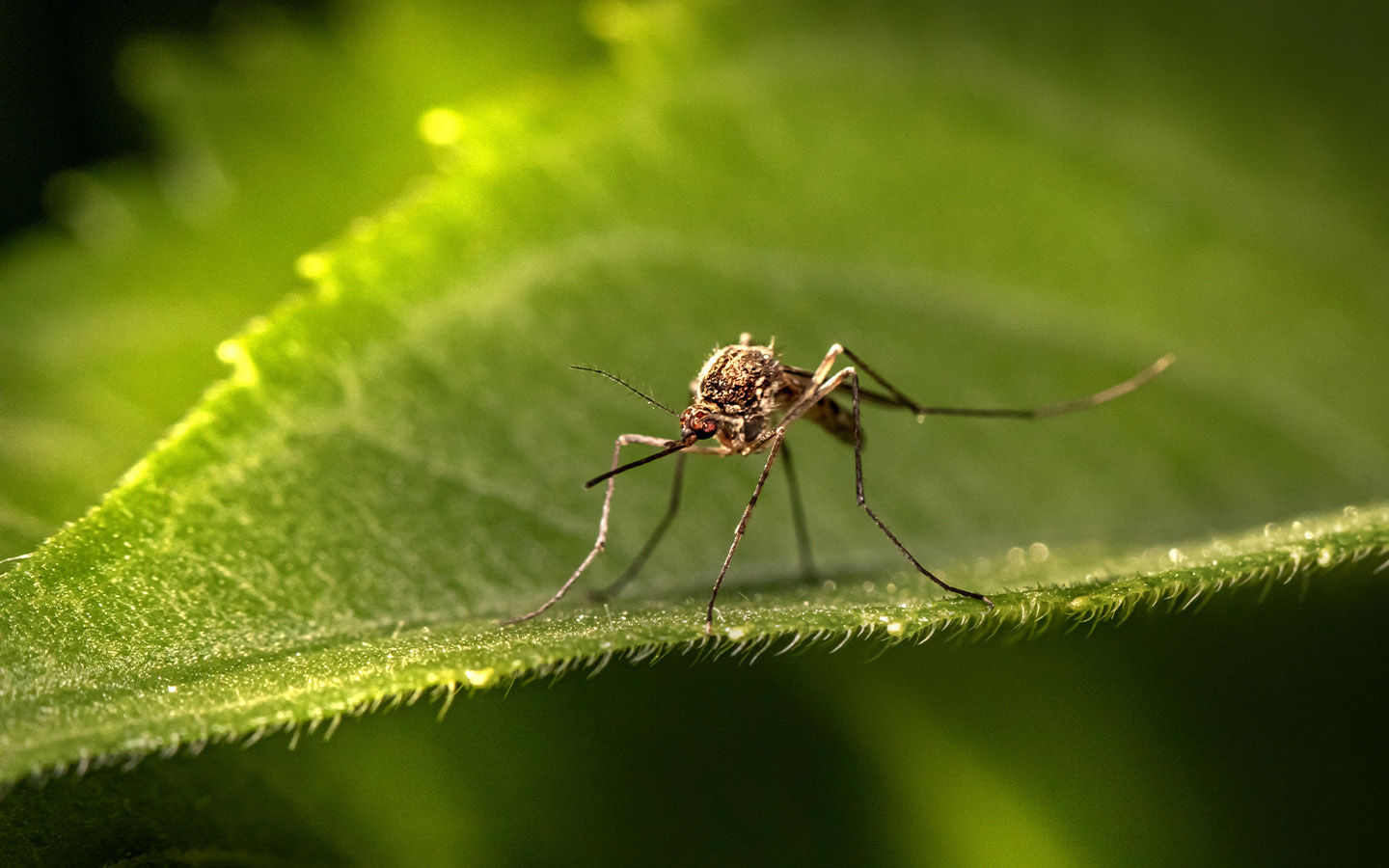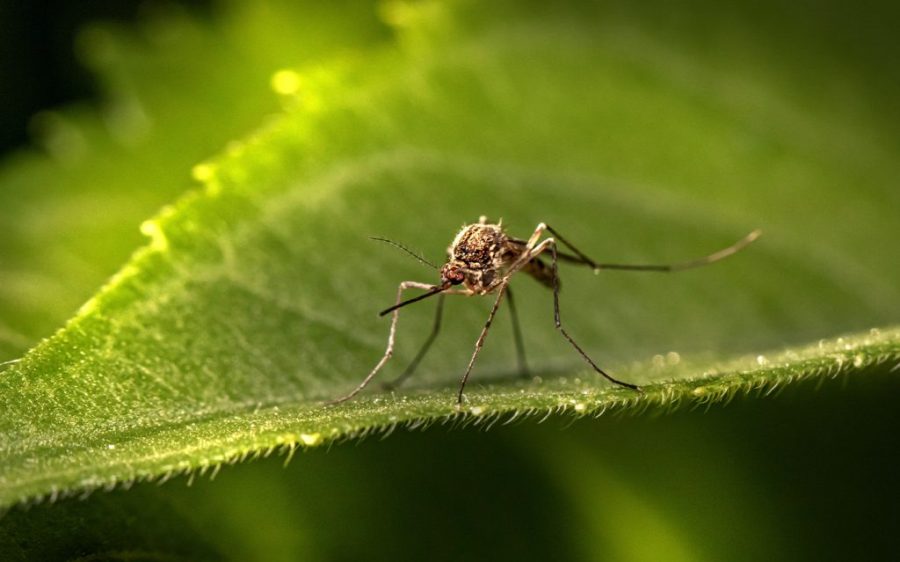There is currently a high risk of dengue fever entering Macao, TDM reports. According to the Health Bureau (known by its Portuguese initials SSM), dengue caseloads had been unusually high in parts of Southeast Asia this year, with Singapore logging more than double the number of cases than it had in 2023.
Malaysia, meanwhile, has seen an increase of about 40 percent. Dengue cases have also recently been recorded in Hong Kong and Guangzhou province. Macao’s health authorities have said that if an imported case enters the SAR, the risk of local transmission “will be very high.”
“Taking into account the seriousness of the dengue fever situation that occurred in several countries or regions of Southeast Asia this year, it is necessary to reinforce anti-mosquito measures when travelling abroad,” the SSM said in a press release. It urged anyone with symptoms, especially after travelling, to consult with a doctor as soon as possible.
[See more: China’s top Covid expert says climate change could spark the next pandemic]
The bureau also highlighted that Aedes Albopictus mosquitoes – known vectors of the viral infection – were identified as being widely distributed across Macao last month.
The symptoms of dengue fever include high fever, severe headache, pain behind the eyes, muscle and joint pain, nausea, vomiting, swollen lymph nodes and rash – although some people may be asymptomatic and others present only mild symptoms such as fever and rash.
There is no cure for dengue fever and most people recover on their own within a fortnight. Others require hospital care. In its most severe cases, dengue fever can be fatal. More information is available via the World Health Organisation’s webpage.






